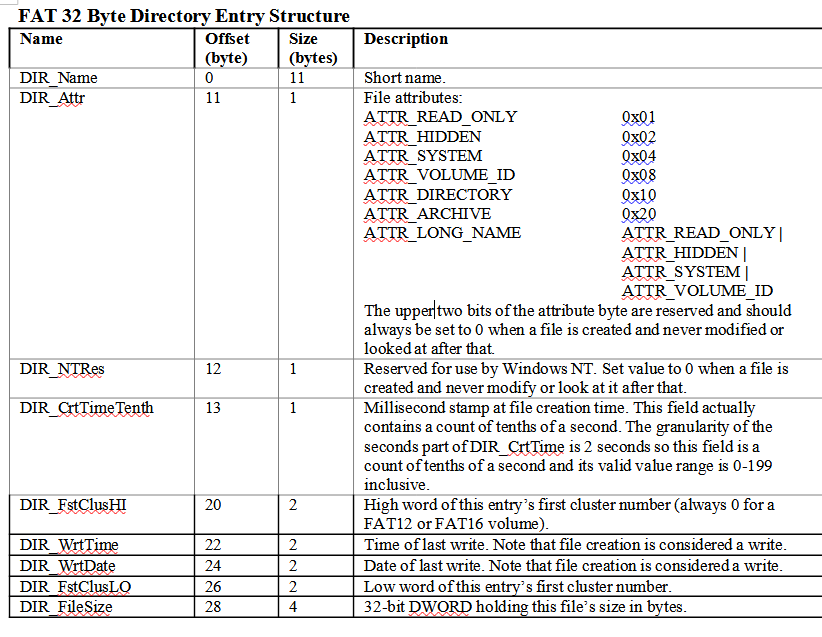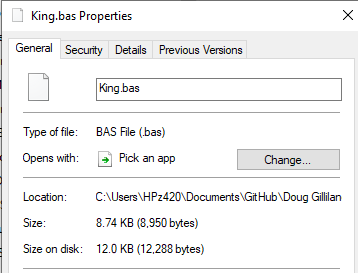Grant Searle's FPGA computer project, Multicomp, has support for the Ohio Scientific / UK 101 from the late 1970's. There's also hardware support in the Multicomp project for SD Cards but so far there's no software support for the SD Card with the OSI / UK101 design.
The goal of this project is to use the existing hardware base to create an SD card Operating System. The desired features are:
- Replace "D" (Disk) selection at boot in CEGMON monitor
- Boot to file selector/loader
- Support for loading BASIC or Machine Language programs
- SDHC supports FAT32 file system
- Programs can be loaded from a PC to the SD Card
- Support for SDHC cards up to 32 GB
- Cards larger than 64 GB can be formatted as SDHC (not exFAT)
 land-boards.com
land-boards.com

